Soundstage 101
Cyclorama-Mania! Using Studio Space To Create Movie Magic
July 12th, 2023 | by Kevin Kelly
From Tanks to Cameras - A Closer Look at Anamorphic Lenses
April 12th, 2023 | by Randall J. Knox
Creating “movie magic” is an all-encompassing endeavor, requiring filmmakers to play God to a degree, controlling every minute detail that is presented to their audience.
That precise control is what allows audiences to suspend their disbelief, elevating your project, and creating something that evokes a simultaneous feeling of wonder and curiosity that leaves your viewers wondering “how did they do that?”
Ironically, even before movies could talk, soundstages have been a key aspect of bringing films to life. Their controlled environments were all but absolutely necessary to mimic reality on film. Traditionally massive, warehouse-esque soundstages provided venues to freely manipulate light and sound to the whims of filmmakers across the country.
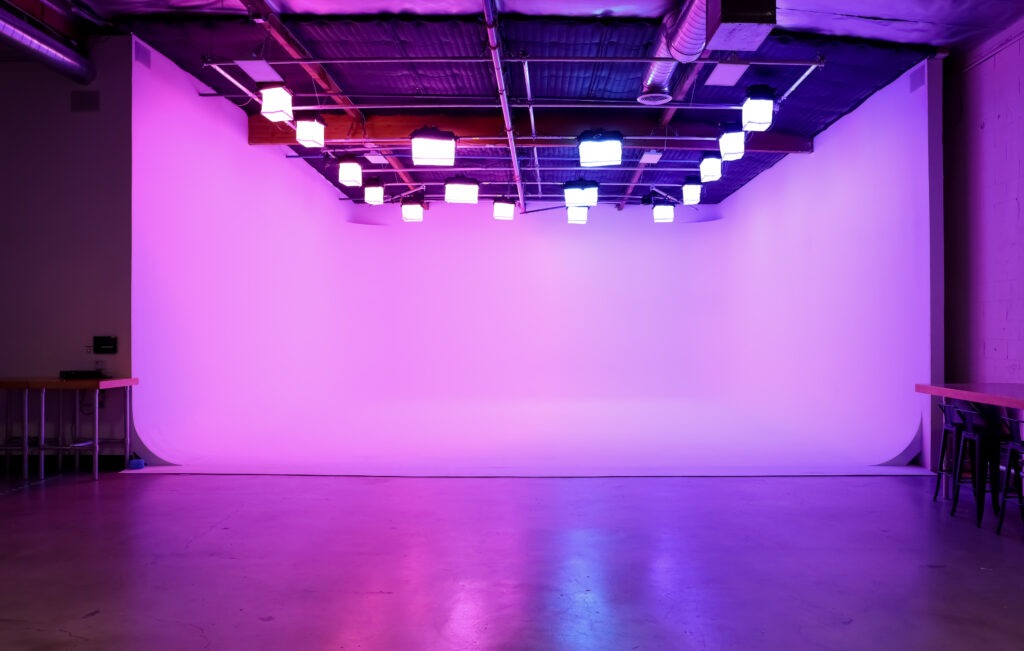
Soundstages provide countless advantages to any production.
Soundstages have come a long way since the early 20th century, but what hasn’t changed is their usefulness. One of the most important elements that a soundstage can allow you to manipulate is, you guessed it – sound. Since audio is notoriously difficult to edit after the fact, a controlled acoustic environment isn’t only beneficial, but on most projects, it’s absolutely necessary. When constructing Doc’s Workshop here at F22 Studios, this was a particularly challenging problem to solve (but more on that later).
Opposed to shooting at a real-world location, where factors like weather, time of day, onsite noise, and a mountain of other random variables can throw a wrench in your production, a good soundstage can provide a stable, and more importantly, predictable, environment to film in.
With additional space that real-world locations very rarely have, you can rig complicated lighting setups and plan camera movements that would otherwise be impossible. For example, a soundstage provides you with an easy way to shoot a daytime scene, even if the sun has long since set. Gone are the days of cutting holes in roofs in order to let sunlight in (an actual technique used to light some of the earliest soundstages).
Now let’s look at how we brought F22 Studios’ new soundstage to life.
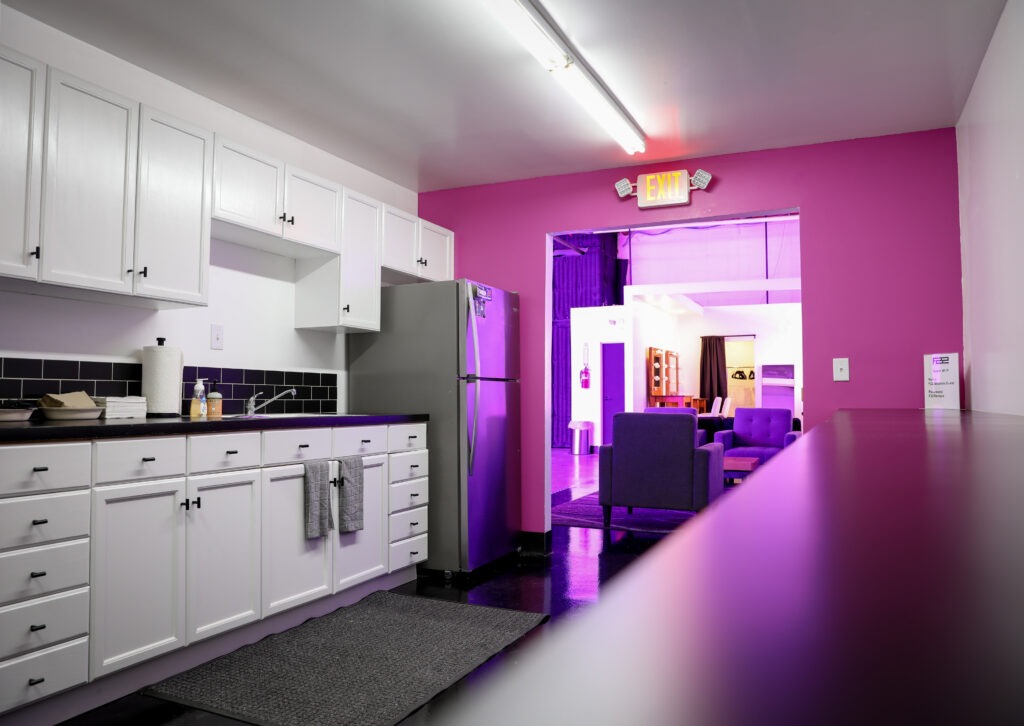
The process of building a soundstage is a complicated, layered, and detail-oriented undertaking that can leave you wondering where to even start. Chris Paris, a co-owner of F22 Studios, recommends getting as far as you possibly can into the planning process as possible before you break ground. According to him, building a soundstage is a constantly evolving process, requiring a deep understanding of the space you’re building in, and finding ways to align that with your wants and needs for the space.
That all begins with having a floor plan that incorporates everything you hope to include on your soundstage. When approaching the build for Doc’s Workshop, the 3850 sq/ft stage here at F22 Studios, Paris had this to say:
“We started taping off sections where we knew we wanted certain things to be and put that into our design software. That way, when we started building, we knew where everything was, what we could add, what may not be feasible, and where we could make revisions.”
He also emphasized that his core philosophy for building a good soundstage meant putting himself in the shoes of the crews he wanted to use the space and considering all of the things they may need from it.
Things like:
– Parking
– Restrooms
– Lighting Options
– Electrical Output/Power Access
– Comfortability
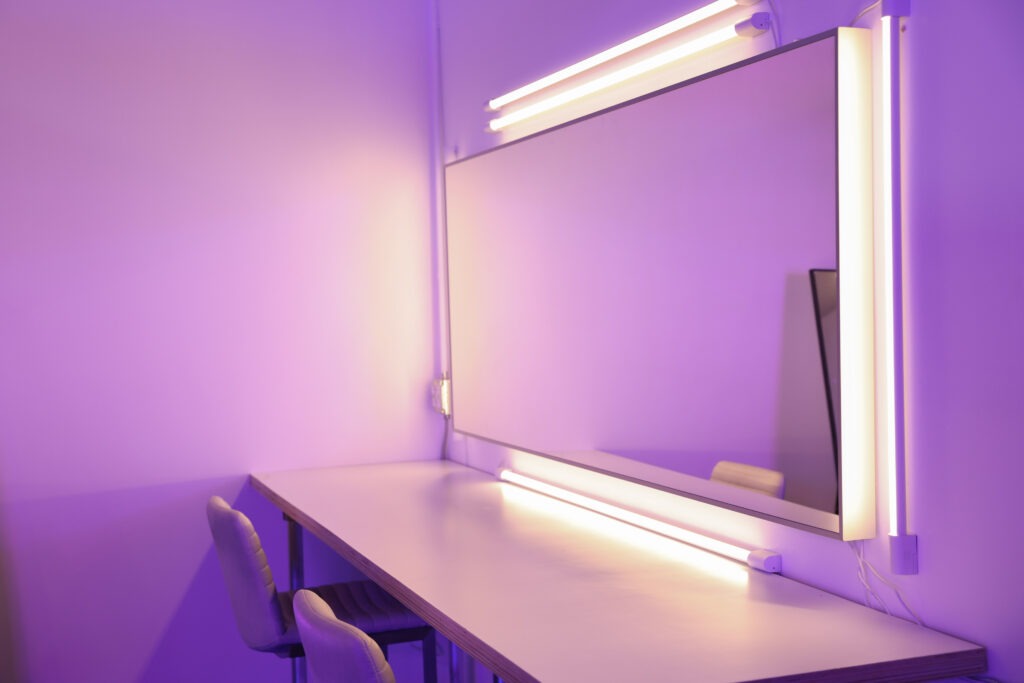
Building a soundstage is certainly an expensive endeavor, and another thing to consider are the hidden and surprise costs that appear in the middle of construction. In the case of Doc’s Workshop, the biggest out-of-left-field cost came in the form of soundproofing. Since Doc’s Workshop was being built directly in front of a lumber mill, we needed much more sound absorption than we initially planned for. Thankfully, we set aside some money in our budget for unexpected expenses such as that one.
I know this can sound like an absolutely massive undertaking involving a lot of time, money, and physical labor. We certainly put a whole lot of all three into our stage. It’s not for everybody, and that’s precisely the thought we had in mind when creating Doc’s Workshop: providing all conceivable needs for a production, designed from the perspective of the people who have to put in the work on set. It’s fundamental to how our soundstage was constructed and how it’s operated to this day. From the grid of Aputure P600cs, to the hair and make-up stations, to the location directly next to our rental house, every single square foot of our stage has been specifically designed to make your production as easy and smooth as possible. But don’t take our word for it, we think the results speak for themselves:
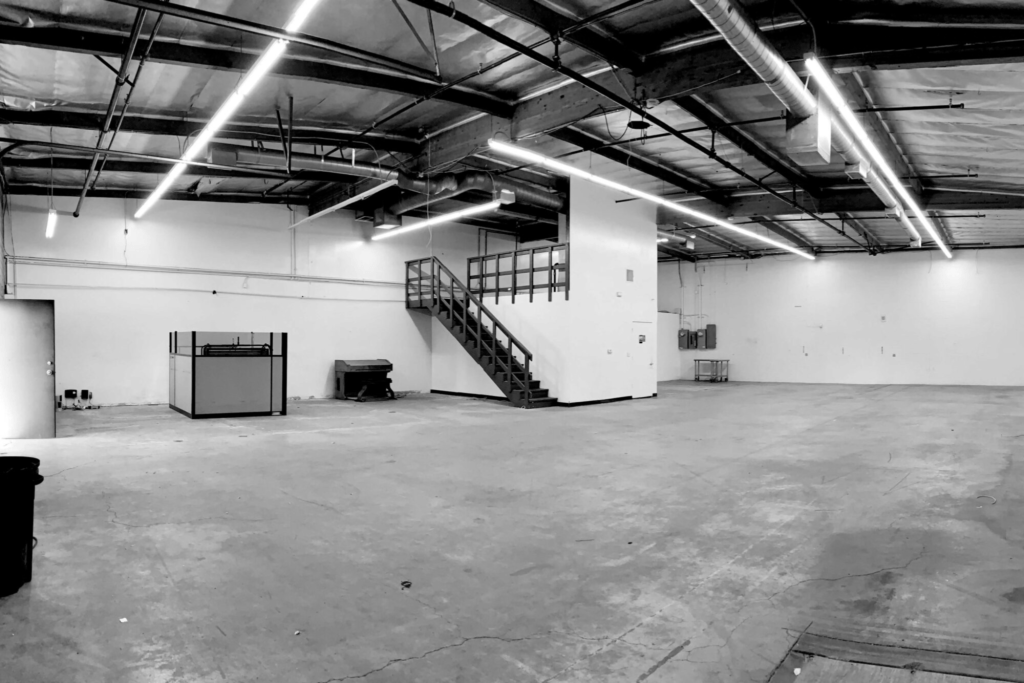
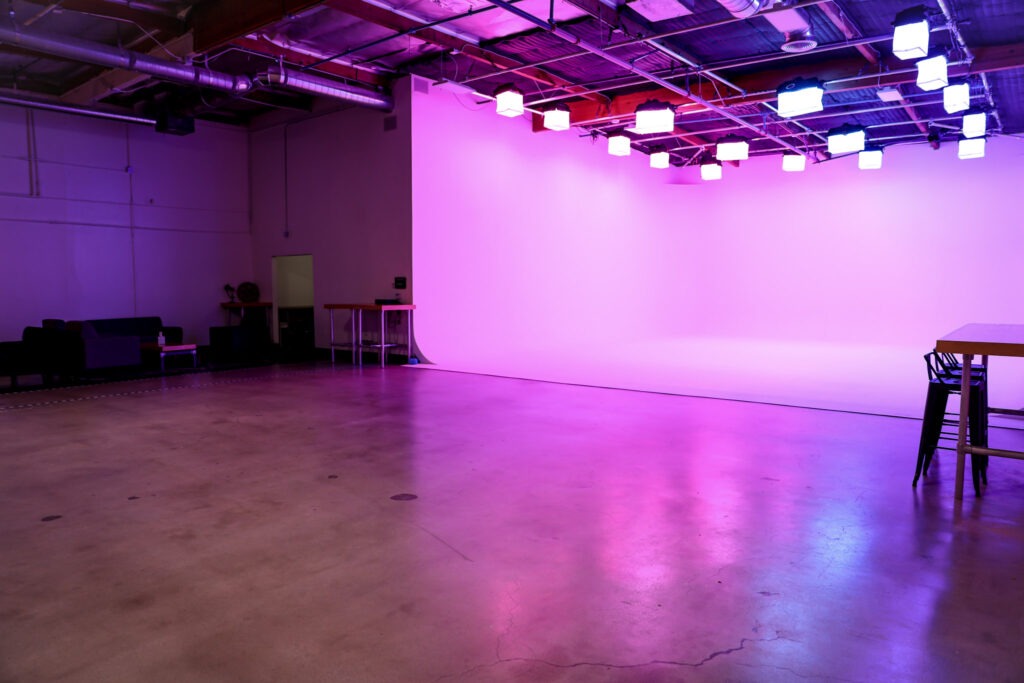
To learn more about our stage, click here.
Interested in Learning More About F22 Studios?
Give us a call at (747) 283-1115 or send us an email at [email protected] and we’ll help you find the perfect gear, location, and crew for your next project!
